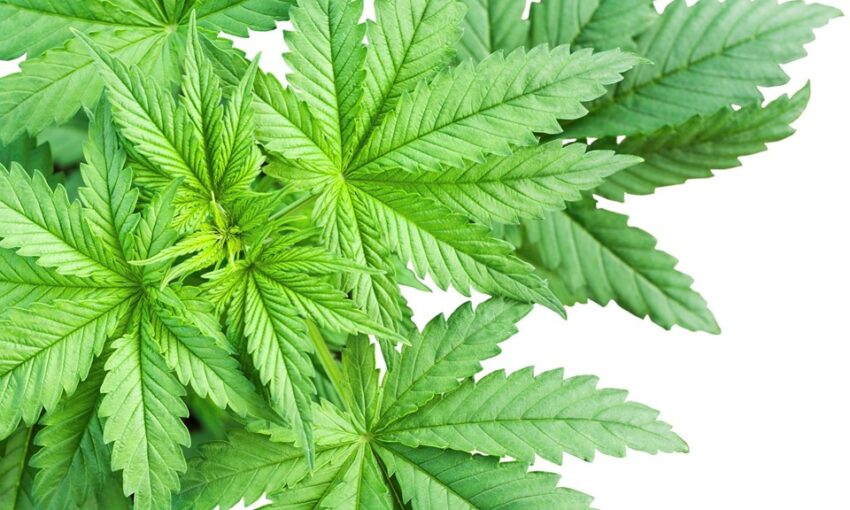Introduction
The world of marijuana strains is vast and diverse, offering a plethora of options to suit different tastes and preferences. One such strain that has gained significant attention is the Lady Liberty marijuana strain. In this comprehensive guide, we will explore the origins, effects, medical benefits, cultivation tips, and potential drawbacks of Lady Liberty. Whether you’re a novice or an experienced cannabis enthusiast, this guide aims to provide you with an in-depth understanding of this popular strain.
Section 1: Origins and Genetics
Lady Liberty is an indica-dominant hybrid strain that has gained popularity for its well-balanced effects and unique flavor profile. While the specific genetics of Lady Liberty may vary depending on the breeder, it is commonly believed to be a cross between the strains Durban Poison and OG Kush. Durban Poison, known for its energetic and uplifting effects, blends harmoniously with the relaxing and euphoric qualities of OG Kush, resulting in a well-rounded strain.
Section 2: Effects and Potency
Lady Liberty offers a combination of both cerebral and physical effects. With its indica dominance, users can expect a relaxing body high that helps alleviate stress and tension. The strain also induces a sense of euphoria, making it suitable for socializing or engaging in creative activities. Lady Liberty typically has a moderate THC content, ranging from 15% to 20%, making it accessible to a wide range of users without overwhelming potency.
Section 3: Aroma, Flavor, and Appearance
The aroma and flavor profile of Lady Liberty are notable characteristics that contribute to its appeal. The strain often exhibits a pungent and earthy scent, with hints of citrus and pine. When smoked or vaporized, users may notice a smooth and herbal flavor, accompanied by subtle notes of spice. Visually, Lady Liberty buds are typically dense and resinous, featuring vibrant green hues interwoven with orange pistils.
Section 4: Medical Benefits
Lady Liberty offers a variety of potential therapeutic benefits. Its calming and relaxing properties make it useful for stress reduction and anxiety management. The strain may also help alleviate symptoms of depression by uplifting mood and promoting a sense of well-being. Furthermore, Lady Liberty’s analgesic and anti-inflammatory properties may provide relief from chronic pain conditions. It is worth noting that individual experiences may vary, and consulting with a medical professional is recommended for personalized advice.
Section 5: Growing Lady Liberty
For those interested in cultivating Lady Liberty, it is essential to understand the strain’s growth requirements. This strain can be grown both indoors and outdoors, although indoor cultivation allows for better control over environmental factors. Lady Liberty plants tend to have an average height, making them suitable for limited vertical spaces. They also have a flowering time of approximately 8 to 9 weeks and produce moderate to high yields. Adequate lighting, temperature, humidity, and nutrient management are crucial for optimizing growth.
Section 6: Potential Drawbacks
While Lady Liberty offers many positive attributes, it is important to consider potential drawbacks. The strain’s relaxing and sedating effects may not be suitable for individuals seeking increased energy or productivity. Some users may also experience dry mouth and dry eyes, common side effects associated with cannabis use. As with any strain, moderation and responsible consumption are key to minimizing adverse effects.
Conclusion
Lady Liberty is an indica-dominant hybrid strain that combines the best qualities of Durban Poison and OG Kush. With its balanced effects, unique aroma, and potential medical benefits, it has become a sought-after strain among cannabis enthusiasts. Whether you’re seeking relaxation, stress relief, or creative inspiration, Lady Liberty offers a well-rounded experience. Remember to start with a low dosage and gradually increase as needed, and always prioritize responsible consumption practices.
- Lady Liberty Marijuana Strain - September 15, 2023

